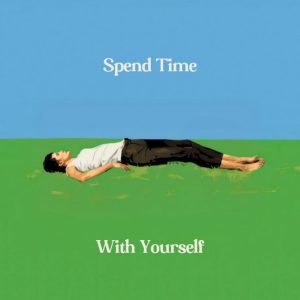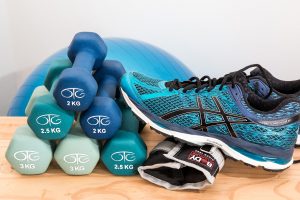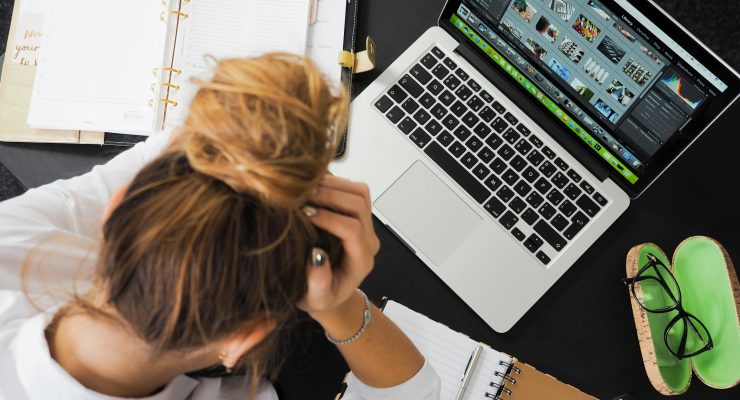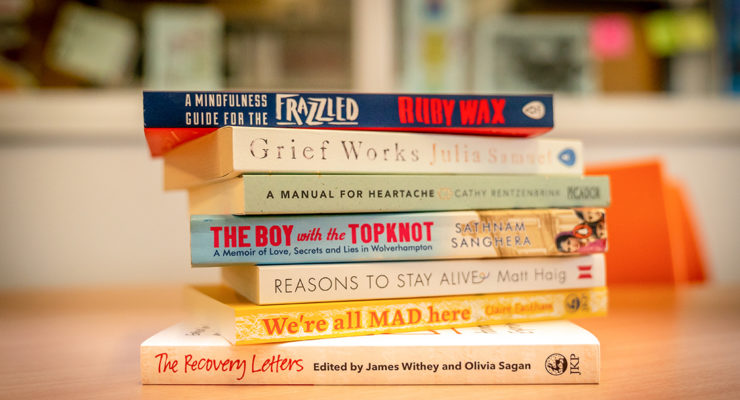Exercise and Mental Health
Physical activity and exercise can have a positive impact on our mental health, in lots of different ways. But for some of us, getting active can be a struggle – including those of us who live with mental health problems.
See https://www.mind.org.uk/ for more information.

The following information has been taken form the national Mind website and can be found at https://www.mind.org.uk/information-support/tips-for-everyday-living/physical-activity-exercise-and-mental-health/tips-for-getting-physically-active/
It can be overwhelming trying to pick a physical activity. You might feel pressure to do certain things you aren’t sure you’ll enjoy.
One way to overcome this is to think about what you like doing, and what your body is able to do. These can be a good guide to finding an enjoyable and safe activity.
You may also want to think about these factors:
Sometimes the same activity can feel different depending on where we do it. For example, you might prefer going to the gym. Or you might find gyms unwelcoming.
Try and think about what environment will be most comfortable, accessible, and enjoyable for you. This could be at home, in a gym, in a park, or out in the community.
Consider whether you feel more comfortable doing physical activity on your own or with others. You could also think about whether this connection is better online or in person.
For different types of physical activity, you might want to be around different people. Or you might not want to be around anybody at all.
It may take a while to build up your fitness. Doing too much at first could make you feel tired and may put you off. Start off slowly and if you feel comfortable, you can build up to more. It’s okay to adapt activities to your needs.
Our information on which activity is right for you may help you find something suitable.
There may be some aspects of being active that you find difficult or triggering. It may help to think of activities that work around these issues.
For example, you may find leaving the house difficult. Or you might not like doing physical activity in front of other people. In this case, it might help to find an activity to do at home.
It may help to think of some other ways to lift your mood or support your wellbeing. This might reduce any pressure you feel to be active for your mental health. See our page on how to support your wellbeing for ideas.

What if I have a physical or mental health problem?
If you have a physical or mental health problem, this may affect the type or amount of activity you can do. It’s important to think about this before you start any activity. This is to make sure what you’re doing is safe.
You can speak to a GP or other healthcare professional if you have any questions about certain types of physical activity.
You might need to consider the following:
Some medication can cause side effects that might make physical activity difficult or uncomfortable. Some of these side effects can be dangerous for certain types of medication and some types of physical activity.
For example, if you take medication that affects your blood pressure. Or if you take a medication like lithium, which means you need to manage your fluid and salt levels.
The patient information leaflet that comes with your medication should have information about this. You can also talk to your doctor about any side effects that you’re worried about.
Our medication pages also include information on the different side effects of mental health medications.
Some mental health problems can lead to more complicated experiences with physical activity. For example, if you have an eating problem or body dysmorphic disorder, you might have difficult feelings about food, your appearance and physical activity.
Your mental health problem might also lead to an unhealthy relationship with physical activity. For example, you might over-exercise as a form of self-harm.
This doesn’t mean that you can’t be active. But you might need to think about what kinds of activity and environments will suit your needs.
If you experience anxiety or panic attacks, some activities might make your symptoms feel worse while you’re active. This is more likely to happen if you:
- Have had a bad experience with physical activity in the past that made you anxious or panic
- Are uncomfortable or nervous in the environment you’re being active in
- Get anxious or worried about experiencing panic attacks, especially if intense exercise feels similar to the symptoms of a panic attack
This doesn’t mean all activity will make you feel this way. Starting with gentle activity in an environment you feel comfortable in can help manage these feelings. Our information on panic attacks has tips on how you can manage a panic attack when it happens.

The more physical activity you do, the more energy you need. This might mean you feel more hungry if you’re doing more activity than usual.
This may be something to consider if you have a difficult relationship with food, such as an eating problem. Or if you’re on a certain diet due to a physical health problem. You might need to adapt certain activities for your safety, or avoid some activities. You can speak to your GP if you need more advice.
Being active can feel easier if you choose an activity that you enjoy, and it fits into your daily life. This section has information to help you pick an activity that works for you.
The activity that is right for you will depend on a few different factors. For example, what you needs are and how you want to engage with physical activity. It’s okay if you don’t like the suggestions in this section, or if you can’t do all of them.
If you want to include more physical activity in your day-to-day life, some of these idea may help:
Moving our body any way we can is a good way to get more active.
This could be stretching your arms when you’re sitting down. Or walking around while brushing your teeth.
You could also make chores more active. For example, you could try carrying bags of shopping in one at a time. Or doing chores that involve more movement, like hoovering, cleaning or DIY.
We Are Undefeatable has some ideas for getting moving around the home if you have a disability.

Gardening is a great way to be active and connect with nature. These are some ideas for getting out into nature and green space:
- If you don’t have a garden at home, the Social Farms & Gardens website has details of community gardens and farms around the UK.
- Gardening charity Thrive has information on gardening without a traditional garden. And it has a section on how to get gardening, which you can search for tips on gardening for mental health.
- The National Trust and the Woodland Trust have information on different ways you can engage with nature around the UK.
There are lots of active hobbies that you could introduce to your daily life. For example, you could try geocaching or taking photos of nature.
Or you could get involved with volunteering outdoors. The Conservation Volunteers and The Wildlife Trusts run outdoor volunteering projects around the UK.
Self-guided or instructor-led programmes can give structure to your activity. Remember, it’s ok if you can’t do all the activities in the programmes.
These are some types of programme you could try:
- Online videos and guides. There are lots of videos you can search for online, for activities like yoga, weights, and Pilates. Organisations like the NHS and We Are Undefeatable have short guides and customisable programmes too.
- Apps and programmes, such as Couch to 5K and Couch to Fitness. These give you step-by-step programmes to follow. And they include information about how to exercise safely and help keep you motivated.
- Active gaming. There are lots of games on different consoles that get you moving while playing. Some games are available as apps on your phone as well.
- Inclusive programmes. Organisations like Every Body Moves, We Are Undefeatable and Love Activity, Hate Exercise? have programmes for people with physical and mental health problems.
If you’re looking for activity programmes online, our page on finding reliable information online may be useful.
If you want to get involved with a specific sport, club or a gym, these tips may help:
You may want to go to a gym to try activities but find that you can’t access one. For example, if it’s too expensive, there isn’t one nearby, or you don’t feel comfortable in that environment. These idea may help to access a gym that suits you:
- Some local parks have free outdoor gym equipment you can use. You can search your local council website to find the location of any outdoor gyms near you.
- The Activity Alliance has information about inclusive gyms and leisure centres, including a search tool to find an inclusive gym near you. These gyms offer welcoming and accessible environments for disabled people.
Many leisure centres have sports facilities, and run exercise classes and groups that you could try. They may feel more inclusive than private gyms. They may also have discount schemes and childcare facilities.
You can check your local council website to find your nearest leisure centre.
There are lots of sports and activities available, for different levels of ability. These are some you could try:
- A walking or running group – Ramblers, parkrun, RunTalkRun and Run Together all organise free, inclusive local walking or running groups with trained volunteers. You can also do Ramblers walks and parkrun routes on your own, if you’d prefer not to take part in the group events.

- Swimming – swimming.org has a search tool to find your local pool. This includes information about adult swim classes and water-based sports. And it has pool exercises you can try on your own. Mental Health Swims has information on peer-support based swimming sessions over the country.
- Low impact and mindful sports, such as yoga, pilates or tai chi. You can do these at home or as part of a class.
- Walking sports – many sports are available in a walking version, such as walking football, walking hockey or walking basketball.
- Disability sports – Scope, Every Body Moves and Disability Sports Wales list local organisations that offer disability sports in your area, whatever your disability or level of fitness.
BBC Get Inspired has a list of sports you can try in the UK. This includes details of how to find a club close to you.



